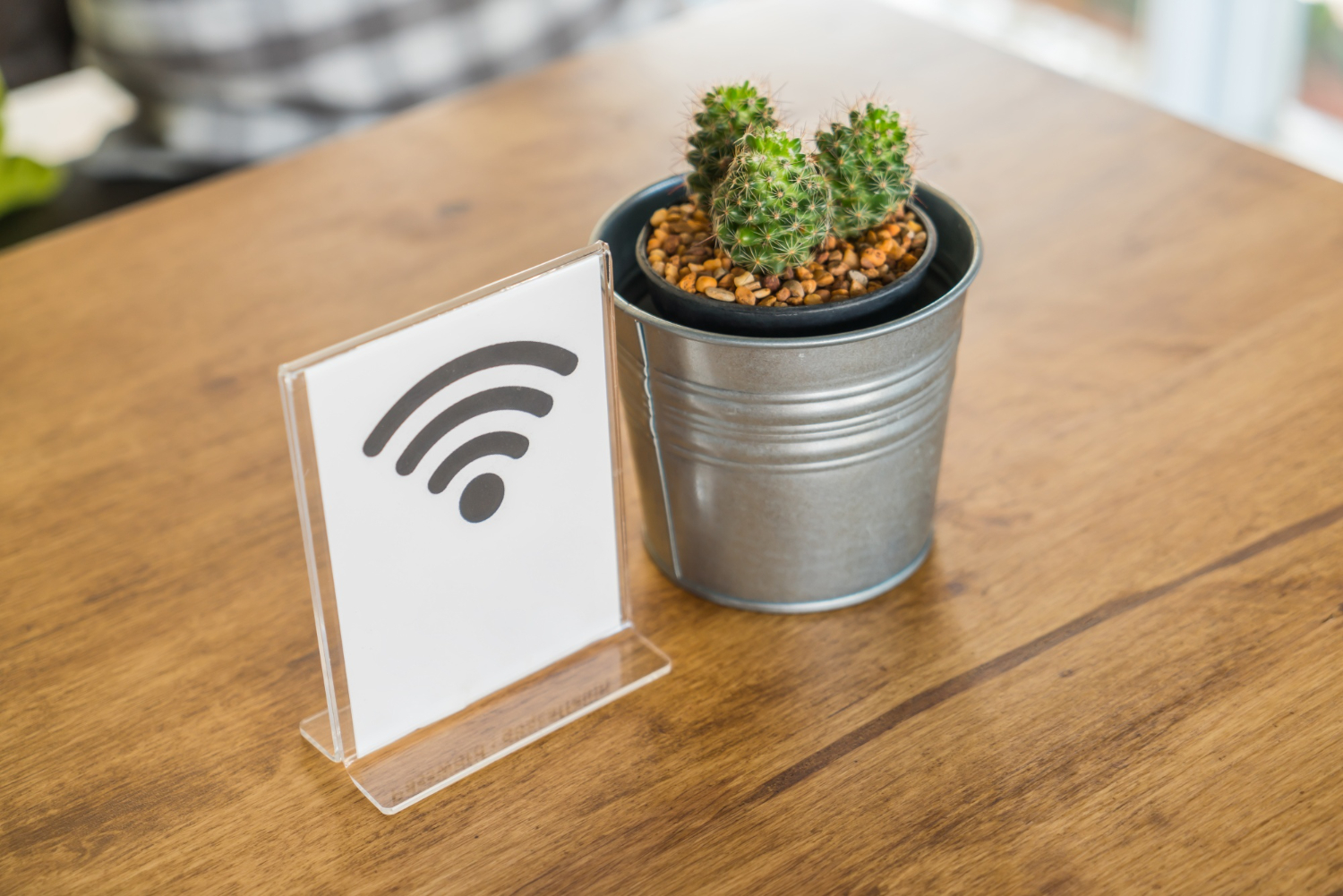Today’s information environment is difficult to imagine without the use of Wi-Fi technology. In this regard, the relevance of the problem of transmitting protected information via this channel is only increasing.
Like any communication channel, Wi-Fi access contains a number of vulnerabilities. Let’s take a look at the most common threats in Wi-Fi networks:
- Man-in-the-Middle (MitM) attack. Essentially, it is a form of eavesdropping. When computer connects to the Internet, data is sent from point A computer to point B service/website, and a network vulnerability can allow an attacker to be between these transmissions and simply read your data. What you thought was private is no longer private. Thus, even confidential bank passwords will not be a sacret. And we don’t know where, when, or by whom the stolen data will be used.
- IP address can transmit sensitive information about a user, including physical location, phone number and credit card numbers.
- Using a software vulnerability, attackers can write code to target an existing vulnerability and then inject malware into a connected computer without the user’s knowledge. Cybercriminals can buy special software kits and even devices that help them intercept Wi-Fi signals. This method can allow attackers to access everything on the computer, from viewing web pages that users have visited (including any information they may have filled out when visiting that web page) to being able to obtain your login credentials.
- Fraudulent hotspots can also be created by tricking victims into connecting to them, thinking they are a legitimate network.
- Cookies, data sent from a user’s computer to a website, are often used. They can identify past searches, online profiles, down to the home address.
- Any action, such as clicking on a link, can trigger an event. And if marketers use tracking tools to analyze website traffic and user behavior, advertisers will inundate the user with mass advertising.

So how do you deal with the many threats in your wireless network?
In the office or on the road, a Virtual Private Network (VPN) is one of the best ways to protect your data on the vast expanse of the Internet. VPNs encrypt web traffic in a tunnel and replace the IP address, providing privacy and anonymity the way to create a private network with an Internet connection in public places. Because a VPN hides the IP address, a user’s online activities are virtually untraceable. Most importantly, VPN services establish secure and encrypted connections to ensure Internet security and privacy. Thus, VPNs connect a local network to another host that may be very far away. This advantage gives you the freedom to use your chosen websites on the go.
Sometimes it is difficult to determine which VPN provider can be recommended to a particular user. When choosing a VPN service provider, you should also consider other important factors on the most relevant features: whether there are free versions, how many servers and countries are available to host them, what operating system support is available, whether the provider offers a mobile VPN, how many devices can connect to the VPN at the same time, whether the VPN is able to block ads, whether the VPN has an emergency switch and, not least, whether user data is registered.

